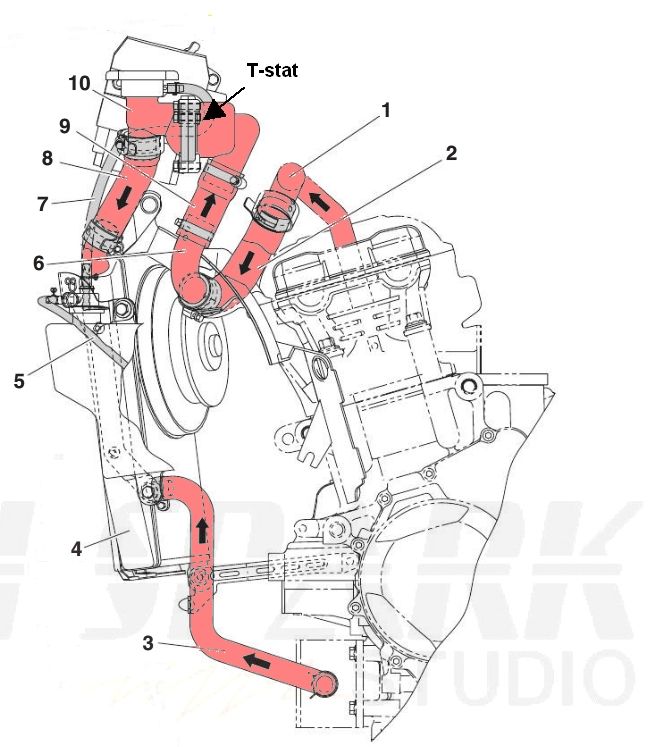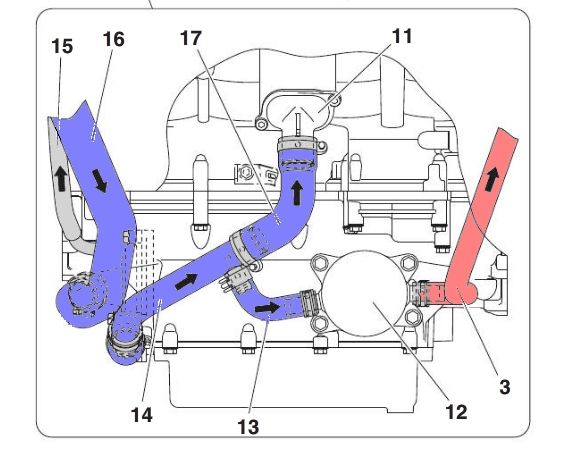AZcruising
Member
Have had my 2016ES for seven months with 8K miles at present. Have recently noticed totally random digital readings when I first begin riding after warm-up. Digital display will randomly show 158... then two seconds later show 175... then go directly to 149... then 173... ??? Meanwhile, the bike performs normally, and the coolant level is where it should be.
At first I thought maybe it needed time to get to full riding temperature before the display was in sync with the coolant temp. Or maybe it's because the outside temps have fallen now that winter is approaching... Quickly ruled out the second possibility because it doesn't get cold in Phoenix...
Yesterday's experience... out for a breakfast ride with several buddies... the temperature gauge bounced around from a low of 149 to a high of 188 the entire time we road to our breakfast spot. It wasn't like the bike was idling at a stop light and the temps were fluctuating... I was at 5th and 6th gear speeds most of the time... This went on for an hour and twenty minutes until we stopped for breakfast.
The rub... started the bike up when we finished breakfast and the digital display worked flawlessly the remainder of the ride.........
This phenomenon has only occurred the last few weeks... no issues before that.
Does the FJR have a temperature sending unit that could be faulty?
Appreciate any comments...
At first I thought maybe it needed time to get to full riding temperature before the display was in sync with the coolant temp. Or maybe it's because the outside temps have fallen now that winter is approaching... Quickly ruled out the second possibility because it doesn't get cold in Phoenix...
Yesterday's experience... out for a breakfast ride with several buddies... the temperature gauge bounced around from a low of 149 to a high of 188 the entire time we road to our breakfast spot. It wasn't like the bike was idling at a stop light and the temps were fluctuating... I was at 5th and 6th gear speeds most of the time... This went on for an hour and twenty minutes until we stopped for breakfast.
The rub... started the bike up when we finished breakfast and the digital display worked flawlessly the remainder of the ride.........
This phenomenon has only occurred the last few weeks... no issues before that.
Does the FJR have a temperature sending unit that could be faulty?
Appreciate any comments...

































































